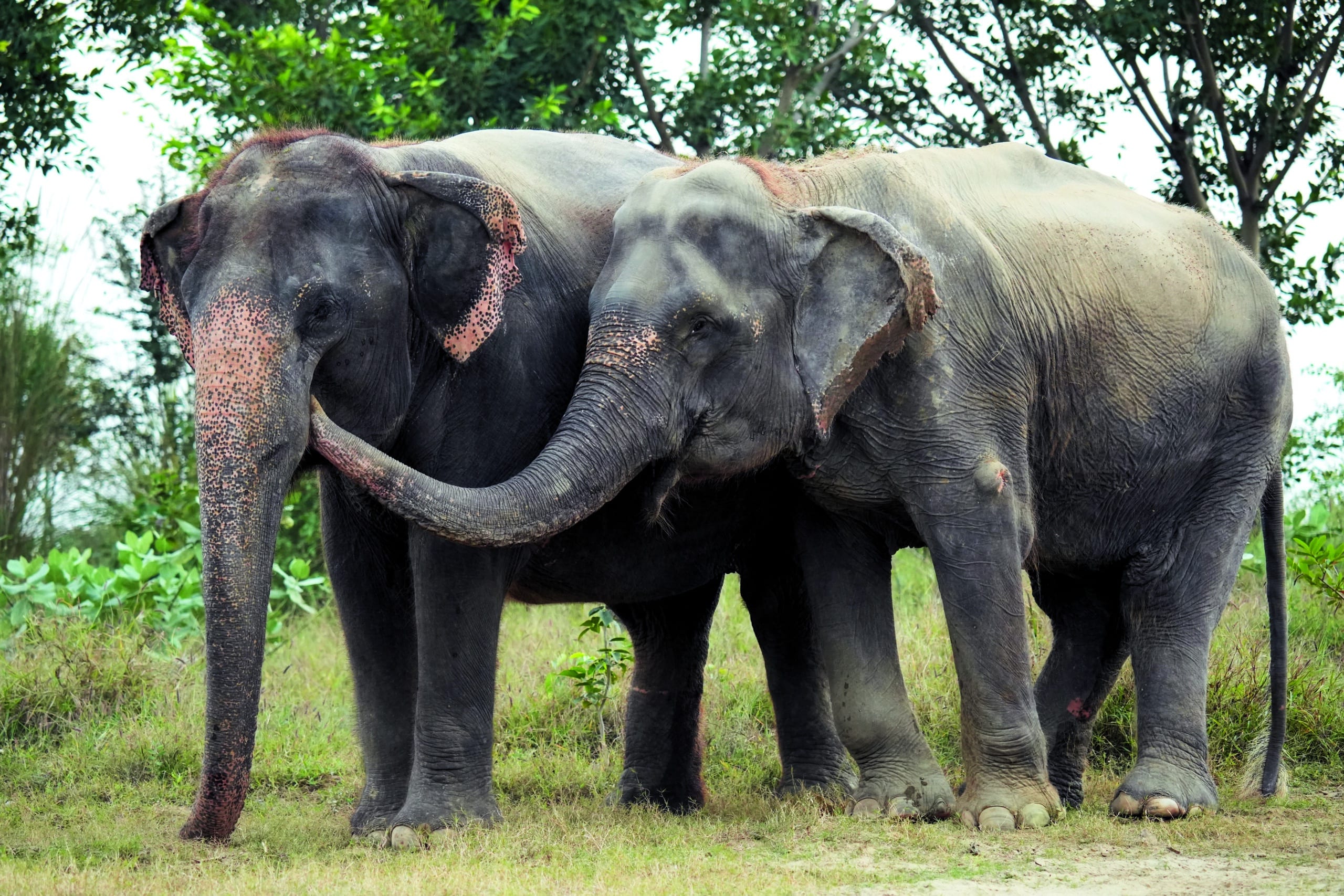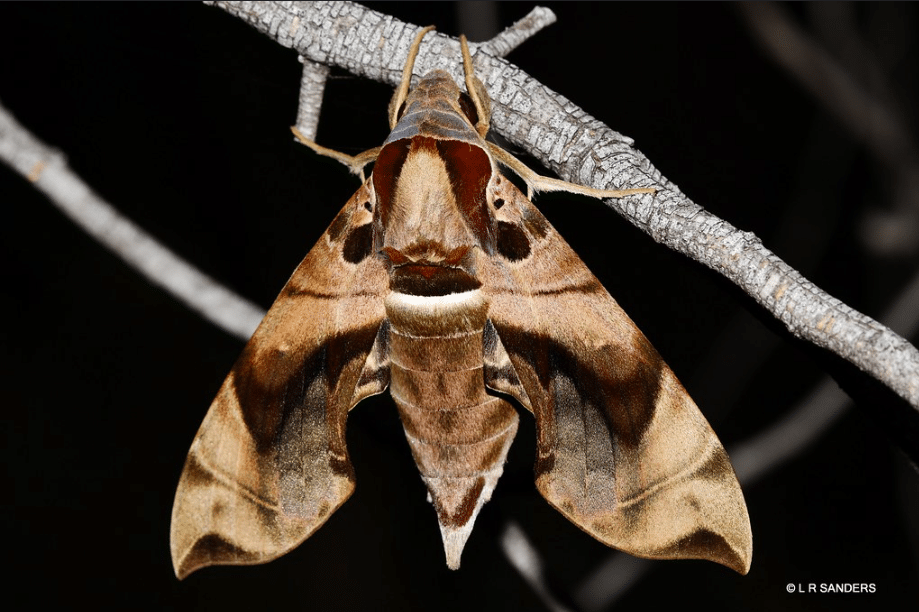You might remember Kalpana—I am happy to report that this year she celebrates her fifth rescue anniversary at Wildlife SOS. Formerly exploited and abused as a ‘begging’ elephant in Uttar Pradesh, Kalpana was rescued in 2019 and brought to the Wildlife SOS Elephant Hospital Campus (EHC) in Mathura for comprehensive...
Today we share the bittersweet news that the Australian sea lion has received upgraded protection under Australian law. The extra protection has been given by Hon Sussan Ley, Federal Minister for the Environment, following a nomination from Humane Society International. It is bittersweet because this charismatic species is now recognised as Endangered rather than the lower category of Vulnerable. Thank you to the Minister and to all our supporters who wrote to her urging the Government to increase protection for this important species.
Detailed scientific analysis has been undertaken to get to this important decision. From this work, it is clear that the Australian sea lion should always have been listed as Endangered, with an estimated decline in their population of over 60% over the past three generations (42.3 years).[1] To qualify as Endangered populations must have declined by more than 50% over three generations.
The Australian sea lion is our only endemic sea lion, which means it is unique to Australia, and it is one of the most endangered in the world, with an estimated overall population of 10-12,000. Unfortunately the species’ biological uniqueness only contributes to their vulnerability – with 18 month reproduction cycles and extreme site fidelity. With females never leaving their birth site there is little movement of females between colonies just kilometres apart, making conservation efforts tricky and expensive. This dwindling population size and the female’s apparent reluctance to move even short distances from their birthplace makes the species even more vulnerable should they succumb to disease.
We have been doing our best in recent years to ensure the Australian sea lion gets every protection it deserves, particularly from one of its greatest threats, being caught and killed in fisheries. In 2010 HSI was successful in getting a comprehensive management strategy in place off South Australia to protect the species from getting caught and killed in fishing nets. This involved the establishment of a number of management zones with ‘trigger limits’ whereby after a prescribed number of deaths (in many cases just one) that area of the fishery was closed to fishing for a period of time. These important protections were achieved working with all the stakeholders including Government and fishers to develop the best and most effective solution for the sea lions and to date it remains one of the most effective management systems in place with a much reduced 14 Australian sea lions having been killed in the fishery since 2012[2]. While each death is tragic, this is a significant change from the 256 Australian sea lions estimated to be killed each year in the fishery in an April 2010 report. A significant win for the species.
In Western Australia we fought for over a decade to ensure that a similar management regime to that set up in South Australia in 2010 was implemented in the State fishery in WA, also responsible for killing Australian sea lions. We were delighted when in June 2018 a series of exclusion zones were implemented to help protect the Australian sea lions, prohibiting the use of gillnets by fishing operations in areas near established sea lion colonies. We look forward to ensuring that these zones are effective in helping protect sea lions as the data is collected.
With female sea lions not breeding until they are at least six years old, and sometimes waiting until they are ten years of age, we are only now beginning to see the impacts of these important fishery closures, and we are hopeful that they will result in more females reaching breeding age. Clearly the Australian sea lion has endured significant threats for enough time to still be threatened by declining population numbers. We hope that this uplisting from Vulnerable to Endangered status under the Environment Protection and Biodiversity Conservation Act 1999 (EPBC Act) will help ensure much needed funding can be directed towards greater research and help assess how further conservation efforts can be directed to help recover this important species.
HSI looks forward to continuing to play an important role to help Australian sea lion populations recover.
[1] Goldsworthy, S.D. (2020). Australian sea lion listing assessment. Report to the Department for Environment and Water, Department of Agriculture, Water and the Environment. South Australian Research and Development Institute (Aquatic Sciences), Adelaide. SARDI Publication No. F2020/000131-1. SARDI Research Report Series No. 1056. 26pp. https://pir.sa.gov.au/__data/assets/pdf_file/0003/360588/Australian_sea_lion_listing_assessment._Report_to_the_Department_for_Environment_and_Water,_Department_of_Agriculture,_Water_and_the_Environment.pdf
[2] According to AFMA’s Protected Species Interaction Reports https://www.afma.gov.au/sustainability-environment/protected-species-management/protected-species-interaction-reports:6 ASLs were killed in Q1 2012, 1 in Q2 2013, 1 in Q3 2014, 2 in Q4 2015, 1 in Q2 and 1 in Q4 2016, 1 in Q3 2017, 0 in 2018, 1 in Q2 2019, and 0 in first three quarters of 2020.
Alexia Wellbelove is a Senior Campaign Manager at the Humane Society International (HSI). She joined the organisation in 2009. With over two decades experience in conservation her current focus is environmental policy, marine conservation (particularly marine mammal and fisheries bycatch) and wildlife trade. She helped found the Places You Love alliance and serves on a number of state and federal government committees. She has represented Australia as a member of the delegations to both the International Whaling Commission (IWC) and the Convention on Migratory Species (CMS).


